Google Pixel 5 vs. Pixel 4a 5G: What's different?
Our Google Pixel 5 vs. Pixel 4a 5G comparison helps make sense of all the differences
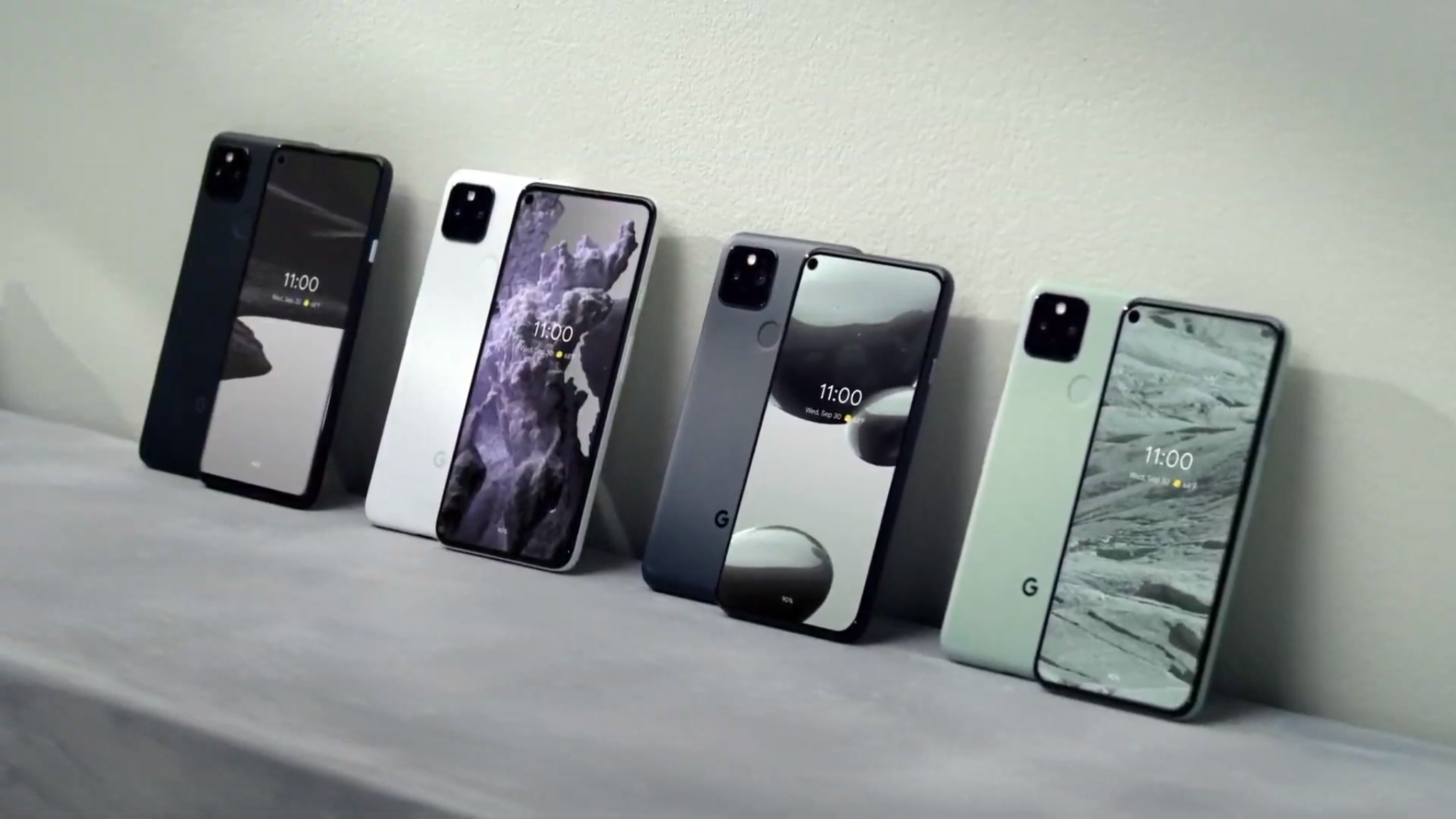
The $499 Google Pixel 4a 5G and $699 Pixel 5 are two relatively-affordable phones that may not pack the most powerful processors or elaborate multi-lens camera systems out there, but aim to do more with less, in pursuit of a lower price.
While this certainly isn't the first time Google has made such devices, it is the first time Mountain View has adopted this strategy for its high-end handsets. Rather than delivering a true flagship with Qualcomm's best mobile silicon with performance to rival the likes of the latest Galaxy devices, OnePlus 8T and the iPhone 12 range, Google's game is to win over buyers with software, not hardware.
- The best Android phones available now
- Google Pixel 5 event recap: All the big announcements you missed
- Samsung Galaxy S20 FE review: Our first impressions
It's a somewhat bold strategy, particularly for the Pixel 5, which costs exactly the same as Samsung's considerably more powerful Galaxy S20 FE. On paper, the Pixel 4a 5G would appear to be a better value, for a host of reasons we'll get into in a moment. Our Pixel 5 vs. Pixel 4a 5G comparison will explain exactly what you gain or lose in opting for either of Google's new phones.
Google Pixel 5 vs. Pixel 4a 5G: Price and release date
The Pixel 4a 5G costs $499, whereas the Pixel 5 starts at $699. Both phones come with just 128GB of storage, with no higher-capacity version available. The Pixel 5 features a 6-inch display, while the Pixel 4a 5G's measures 6.2 inches from corner to corner.
While preorders are live for the Pixel 5 right now at the Google Store and Verizon, the Pixel 4a 5G will begin shipping mid-November, and Google is not taking preorders for the less-expensive model yet. Interestingly, the Pixel 4a 5G will cost an additional $100 through Verizon, as Big Red's version of the phone supports millimeter-wave 5G connectivity not found in other models, that make do with only long-range sub-6GHz 5G.
As for colors, the Pixel 4a 5G comes in Just Black and Clearly White (though the latter is delayed, for the moment), while the Pixel 5 comes in Just Black and a new optional hue called Sorta Sage.
Google Pixel 5 vs. Pixel 4a 5G: Specs
| Header Cell - Column 0 | Pixel 5 | Pixel 4a 5G |
|---|---|---|
| Starting price | $699 | $499 |
| Screen size (Resolution) | 6-inch OLED (2340x1080; 90Hz) | 6.2-inch OLED (2340x1080) |
| Processor | Snapdragon 765G | Snapdragon 765G |
| RAM | 8GB | 6GB |
| Storage | 128GB | 128GB |
| Rear cameras | 12.2MP wide (ƒ/1.7); 16MP ultrawide | 12.2MP wide (ƒ/1.7); 16MP ultrawide |
| Front camera | 8MP (ƒ/2.0) | 8 MP (ƒ/2.0) |
| Battery size | 4,000 mAh | 3,800 mAh |
| Colors | Just Black, Sorta Sage | Just Black, Clearly White |
Google Pixel 5 vs. Pixel 4a 5G: Design
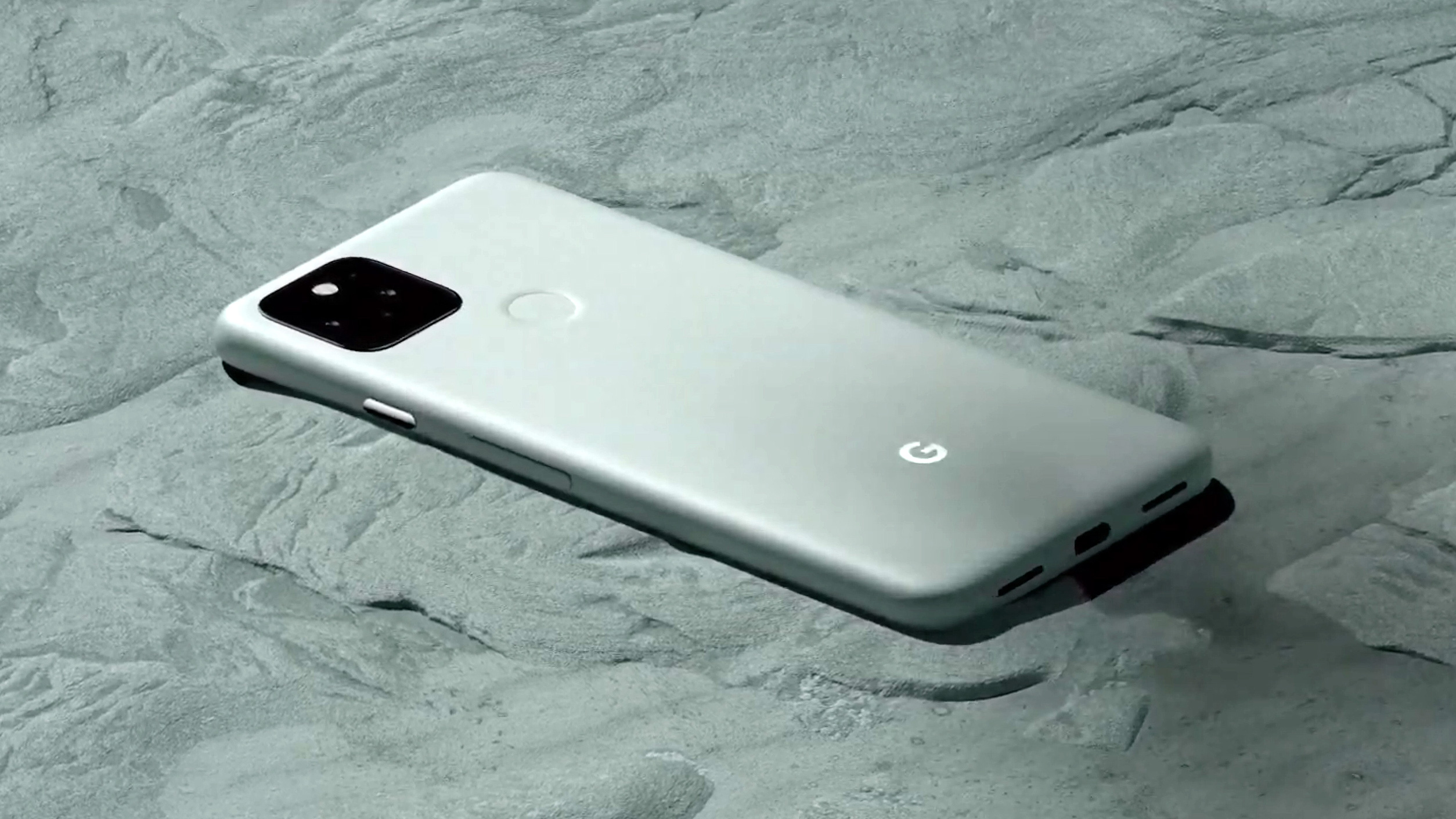
Neither the Pixel 5 nor the Pixel 4a 5G takes very many design risks. Both devices look very similar to the Pixel 4a across the front and back, with the primary difference aside from screen size being the materials employed. Whereas the Pixel 4a 5G's body is made out of polycarbonate, the Pixel 5's is crafted from recycled aluminum, with a speckled finish that is exclusive to the more premium of Google's 2020 phones.
Sign up to get the BEST of Tom's Guide direct to your inbox.
Get instant access to breaking news, the hottest reviews, great deals and helpful tips.
You'll notice that the Pixel 5 doesn't feature a thicker bezel along the top, like last year's Pixel 4. That indicates two critical omissions from Google's flagship this year. The three-dimensional Face Unlock system and Soli radar air gesture technology are both missing from the Pixel 5, which is somewhat disappointing as they were unique features that set Google's outgoing device apart from its Android contemporaries.
There are other differences between the Pixel 5 and Pixel 4a 5G to note. The pricier phone supports wireless charging and packs IP68 water resistance; the cheaper Pixel does not. On the flip side, the Pixel 4a 5G has a headphone jack, which is something typically only found on budget phones these days.
Both models incorporate rear-mounted fingerprint sensors, which are getting rarer these days as most phone makers have moved onto under-screen scanners that tend to be less reliable, even if they are arguably sleeker.
Google Pixel 5 vs. Pixel 4a 5G: Display
No matter which Pixel you buy, you're getting a full-HD OLED screen. The difference is in the size and refresh rate.
The Pixel 4a 5G's screen is lightly larger than the Pixel 5's — 6.2 inches versus 6 inches — while the Pixel 5 has a peak 90Hz refresh rate, offering a notable lift to the smoothness of animations compared to the standard 60Hz of the cheaper model. Additionally, because the Pixel 5's screen is slightly smaller, its pixels are packed together more tightly, which could make the display on the pricier device look ever so slightly sharper as a result.
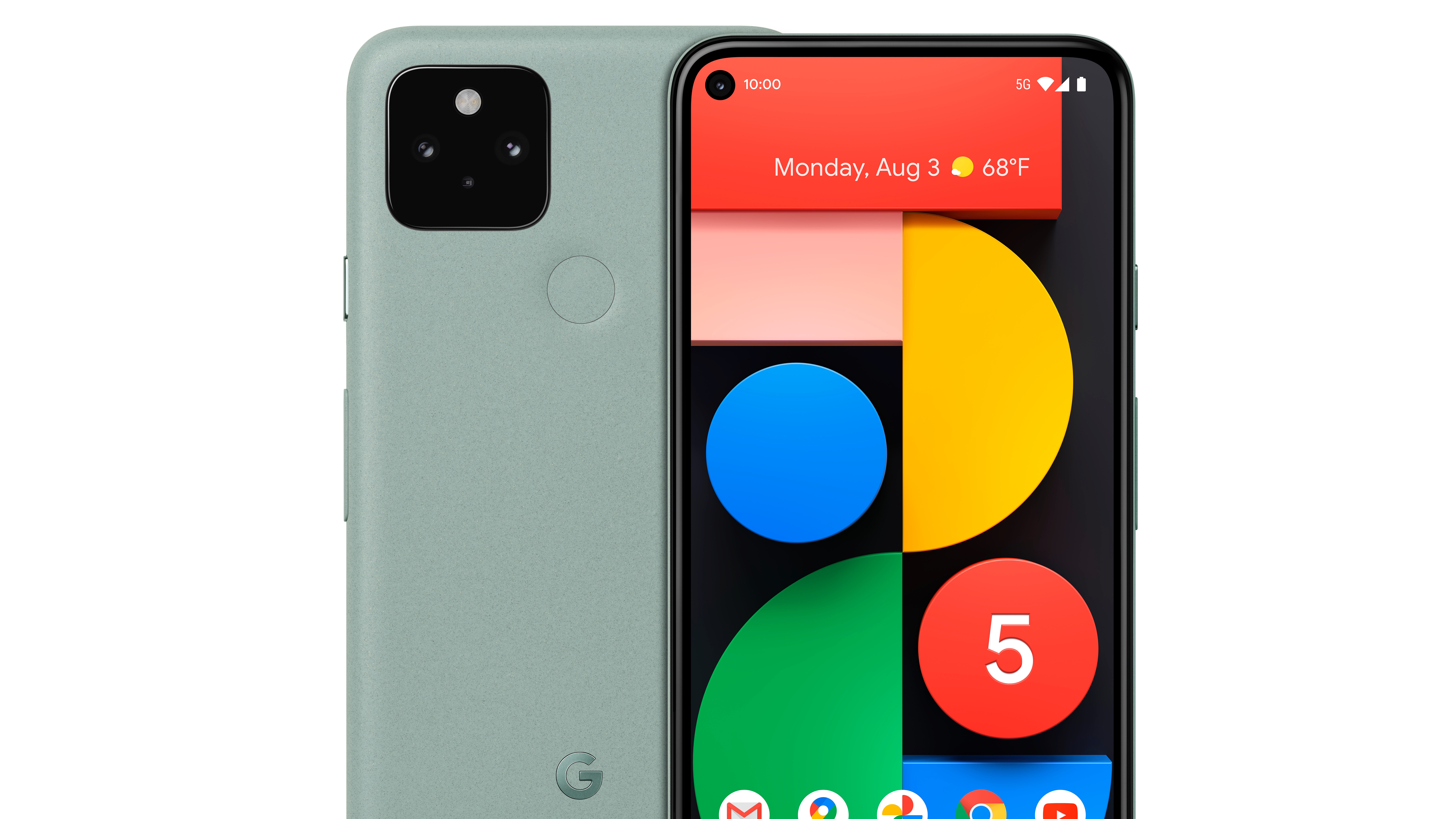
A 90Hz refresh rate won't make for animations quite as smooth as what you'd get from the recent slate of 120Hz devices that have emerged over the past year, though it'll certainly be snappier than the standard 60Hz. Google first introduced a 90Hz refresh rate in the Pixel 4 last year, however the feature was only available at higher brightness levels, both to save battery life and as a consequence of technological constraints.
Google Pixel 5 vs. Pixel 4a 5G: Cameras
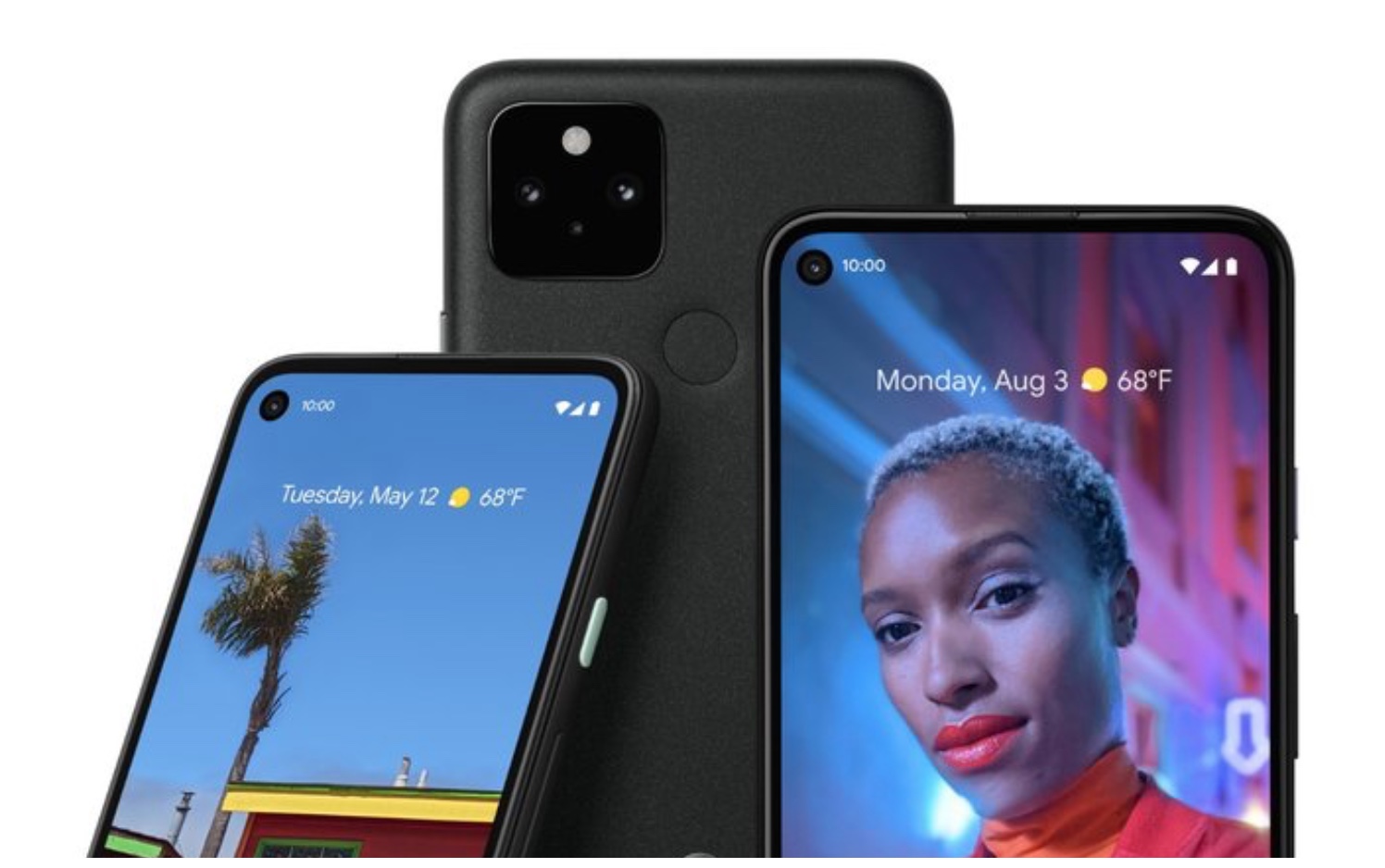
Google has set itself apart from other phone makers in recent years by incorporating the same cameras in its cheaper models as its pricier ones, and that tradition holds true for the Pixel 5 and Pixel 4a 5G.
Both phones feature the same 12.2MP main wide-angle lens, alongside a new 16MP ultrawide sensor. The primary sensor is the very same one Google has been putting in its phones since the Pixel 2, and thanks to the company's impeccable computational photography, it still produces astonishing results in its latest hardware, so we're not concerned to see it reappear here.
The new 16MP ultrawide camera is interesting, though. Google famously opted for a telephoto lens on the Pixel 4, drawing criticism from reviewers and users alike who would've rather had an ultrawide camera for a more pulled-back perspective for tight spaces or expansive landscapes.
The Pixel 5 and Pixel 4a 5G ditch the telephoto for this new optic, though they're still expected to deliver solid shots from a distance, thanks to Google's Super Res Zoom technology that enhances the quality of digital zoom, making it look nearly as sharp as optical.
Additionally, both phones can now pull off Portrait Mode using Night Sight, and have a new Portrait Light feature that allows you to modify the light striking the subject's face even after taking a picture. Google has also added three new video recording stabilization modes that should smooth out jumpy videos.
Google Pixel 5 vs. Pixel 4a 5G: Performance
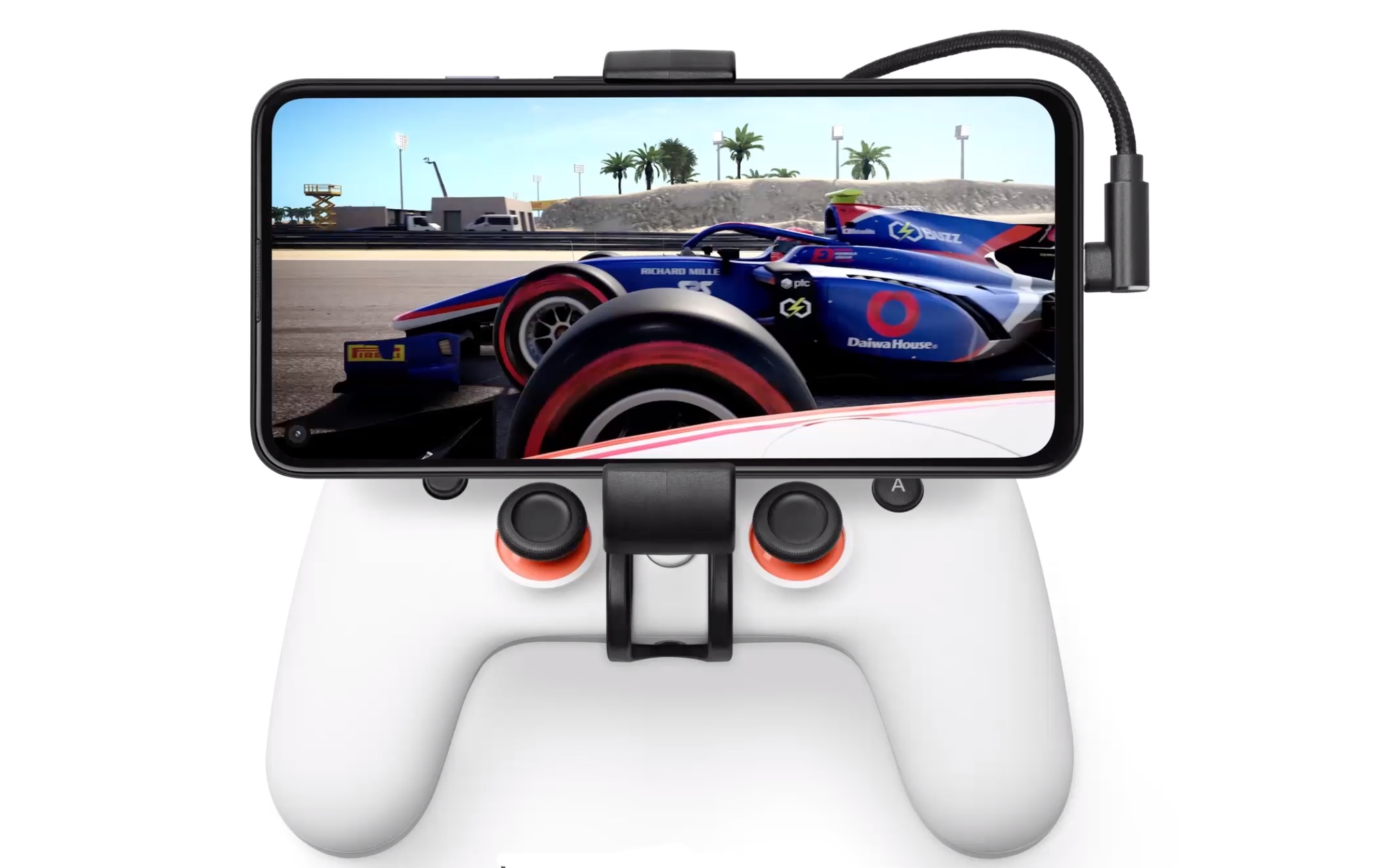
Here's another area where, shockingly, the $200 more expensive Pixel 5 doesn't differ noticeably from the Pixel 4a 5G. Both devices feature Qualcomm's Snapdragon 765G chipset, allowing for 5G connectivity though being slower even than the Snapdragon 855 silicon in last year's Pixel 4. The Pixel 4a 5G has 6GB of RAM, while the Pixel 5 will benefit from 8GB.
The Snapdragon 765G is by no means a slow processor, but it's not a flagship-caliber chip. In fact, it's the same silicon used in the LG Velvet, LG Wing, OnePlus Nord and Samsung Galaxy A71 5G.
Given our experience of using the 765G in those phones, we expect the Pixel 5 and Pixel 4a 5G to certainly be fast enough for most tasks, while hitting a bit of a wall when playing more demanding games, like Asphalt 9 Legends or Fortnite. These games will still certainly be playable, though you may have to turn to lower frame rates or graphical fidelity settings for the most consistent experience.
To gain an idea of how much slower the Pixel 5 will be than Google's previous flagship, consider that the Snapdragon 765G-powered OnePlus Nord reached 1,948 points in the system-wide Geekbench 5 test, compared to the Pixel 4's 2,329 result.
A 400-point gap may not seem substantial, but it is quite a margin in that particular test, especially considering the new, Snapdragon 865 Plus-powered Samsung Galaxy Note 20 hit 3,182 points. Indeed, modern flagships are going to be far more capable than either of Google's latest Pixels.
Google Pixel 5 vs. Pixel 4a 5G: Battery
Previous high-end Pixel phones have disappointed massively in the battery department, but the Pixel 5 and Pixel 4a 5G look to change that with the largest power packs Google has ever built into any of its phones.
The Pixel 5 features a 4,000 mAh unit, while the Pixel 4a 5G has a 3,800 mAh battery. Both are considerably larger than the Pixel 4's 2,800 mAh, or even the 3,140-mAh unit inside the Pixel 4a. What's more, the Pixel 5 supports wireless charging and wireless reverse charging, meaning you'll be able to top up accessories and other devices, like a pair of Pixel Buds or a smartwatch.
The Pixel 4a lasted 8 hours and 55 minutes in Tom's Guide's custom battery test, where devices endlessly load web pages over a data connection at 150 nits of screen brightness until they run out of juice. A hair under 9 hours is mediocre at best, so here's hoping we see at least one of the new Pixel's surpass the 10-hour mark, perhaps landing on our best phone battery life list.
Google Pixel 5 vs. Pixel 4a 5G: Outlook
The Pixel 5 and Pixel 4a 5G are quite similar all told. What will ultimately determine which of these phones you spring for will likely come down to how badly you want some of the pricier model's luxuries, like water resistance, wireless charging, a faster display refresh rate and that added bit of RAM.
For the most part, however, Google is delivering two compelling midrange phones with 5G connectivity, joining a trend that has persisted throughout 2020 and looks to continue into next year. On paper, the Pixel 4a 5G looks to be the stronger value proposition by virtue of the fact that it offers the Pixel 5's chipset and cameras for less, but we'll reserve judgment until we're able to test both of Google's devices in the coming weeks.
Adam Ismail is a staff writer at Jalopnik and previously worked on Tom's Guide covering smartphones, car tech and gaming. His love for all things mobile began with the original Motorola Droid; since then he’s owned a variety of Android and iOS-powered handsets, refusing to stay loyal to one platform. His work has also appeared on Digital Trends and GTPlanet. When he’s not fiddling with the latest devices, he’s at an indie pop show, recording a podcast or playing Sega Dreamcast.
